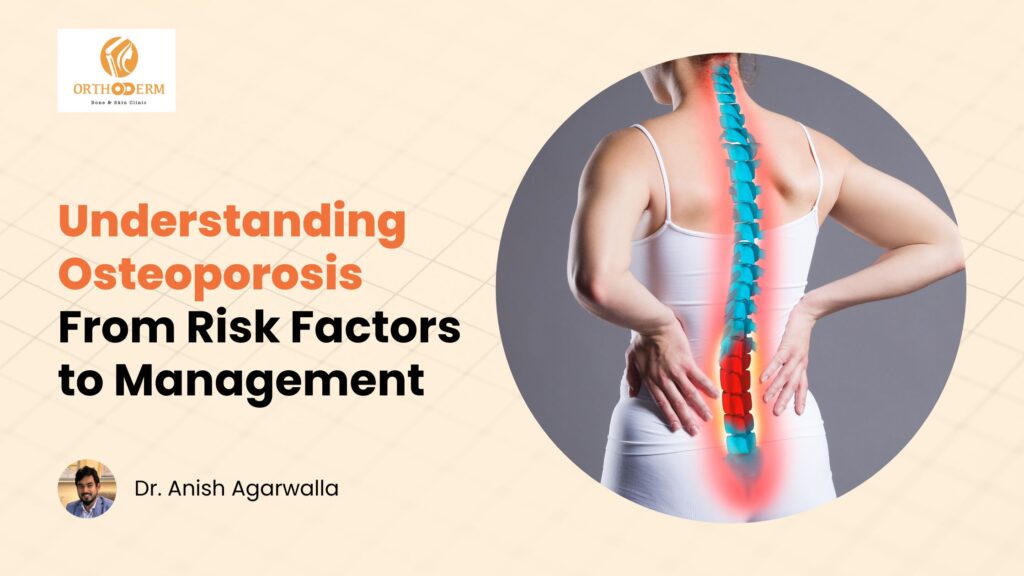As an orthopedist practicing in the Northeast, I’ve noticed a concerning trend over the past few years—more and more young people in Guwahati are coming to me with complaints of back pain. This is no longer an issue limited to the elderly or manual laborers. Today, college students, IT professionals, and even teenagers are struggling with persistent back pain, often without understanding the root cause.
This article explores why people in Guwahati are experiencing back pain at an earlier age, what’s contributing to it, and what we can do about it.
The Bigger Picture: Back Pain in India
Before focusing on Guwahati, let’s look at the national picture. Back pain is now one of the leading causes of disability in India. According to a recent systematic review, the lifetime prevalence of low back pain among Indians is around 66%, and the annual prevalence is approximately 51%. Even more concerning is the rise of back pain among young adults aged 18–35 years, where prevalence can go up to 42–50% depending on lifestyle and profession.
Why Guwahati?
In Guwahati, I see a mix of urban stress and traditional lifestyle colliding. One study focusing on city bus conductors found that 98% reported some form of back discomfort, largely due to long hours of standing and repetitive movements. While this study focused on transport workers, the same risk factors now apply to our growing desk-bound and digitally active population.
Let’s break down some of the key causes behind this shift.
1. Sedentary Lifestyle and Increased Screen Time
A decade ago, most young people in Guwahati spent more time outdoors. Today, between online classes, remote jobs, gaming, and binge-watching, many spend over 8–10 hours a day seated and looking at a screen. Extended screen time often leads to slouched postures, lack of movement, and long-term musculoskeletal strain.
Several studies back this up. One study published on posture monitoring showed that 94% of regular computer users reported lower back pain, especially when using non-ergonomic chairs.
2. Poor Posture and Lack of Ergonomic Awareness
Many homes and offices in Guwahati still lack proper ergonomic setups. Students study on beds or couches, and professionals work from dining tables or sofas. Without adequate back support and screen alignment, the spine experiences constant stress.
Even young children are now using smartphones and tablets for long hours without posture awareness. Over time, this habit turns into chronic discomfort and eventually into structural issues in the spine.
3. Occupational Strain and Stress
Back pain isn’t just physical—it’s often emotional too. Prolonged stress can lead to muscle tension, fatigue, and a lack of physical activity. For working adults in Guwahati, job-related stress, irregular work hours, and poor work-life balance add up quickly.
This is particularly true for those in desk jobs, call centers, or academic professions. When stress goes unmanaged, it often results in poor posture, shallow breathing, and tight muscles, especially in the back and shoulders.
4. Modifiable vs. Non-Modifiable Risk Factors
Certain factors like genetics, age, and pre-existing spine conditions are beyond our control. However, lifestyle factors—such as inactivity, poor diet, lack of exercise, and stress—are entirely within our power to change.
I often tell my patients: a 15-minute daily walk, maintaining good posture while working, and stretching regularly can make a massive difference over time.
5. What Most People Overlook
Few people talk about the environmental and cultural changes specific to Guwahati. With rapid urbanization, traffic congestion, and unpredictable weather, fewer people engage in outdoor activity or sports. During monsoons, many stay indoors, further limiting physical movement.
Additionally, our academic culture is highly competitive. Children and teenagers are encouraged to study long hours, often sacrificing sleep and exercise, two essential components of spinal health.
Conclusion
Back pain is no longer an issue of age—it’s an issue of lifestyle. In Guwahati, our changing habits, increasing screen time, poor posture, and mounting stress are leading to the early onset of back problems. I see this trend across all age groups, and I believe awareness is the first step toward prevention.
If you’re a parent, a student, or a working professional in Guwahati, now is the time to act. Invest in an ergonomic chair. Take short breaks during work. Stretch regularly. And most importantly, listen to your body. Back pain may seem minor today, but ignoring it could lead to serious complications tomorrow.
If you’re already facing discomfort or stiffness, don’t wait. Early evaluation and simple lifestyle adjustments can go a long way in preventing long-term spinal issues.
Frequently Asked Questions
1. Why am I getting back pain in my 20s?
I often see younger adults develop back pain due to prolonged sitting, poor posture, and heavy device use, which is common in today’s digital lifestyle.
2. Can long screen time really cause back pain?
Yes. Studies show sedentary behavior—like screen time—moderately increases low back pain risk among both adults and adolescents.
3. How can I tell muscle pain from something serious like spine issues?
Muscle pain usually improves with rest and movement. If pain persists, worsens at night, travels to the legs, or comes with fever or weakness, seek medical evaluation.
4. Does physical inactivity in India contribute to back problems?
Absolutely. About 45% of Indian adults are physically inactive, which weakens core muscles and increases back pain and spinal degeneration.
5. What quick steps can I take at home to reduce my back pain?
I recommend regular breaks, standing up every 30–60 minutes, stretching, and using ergonomically supportive seating to relieve stress on your spine.



